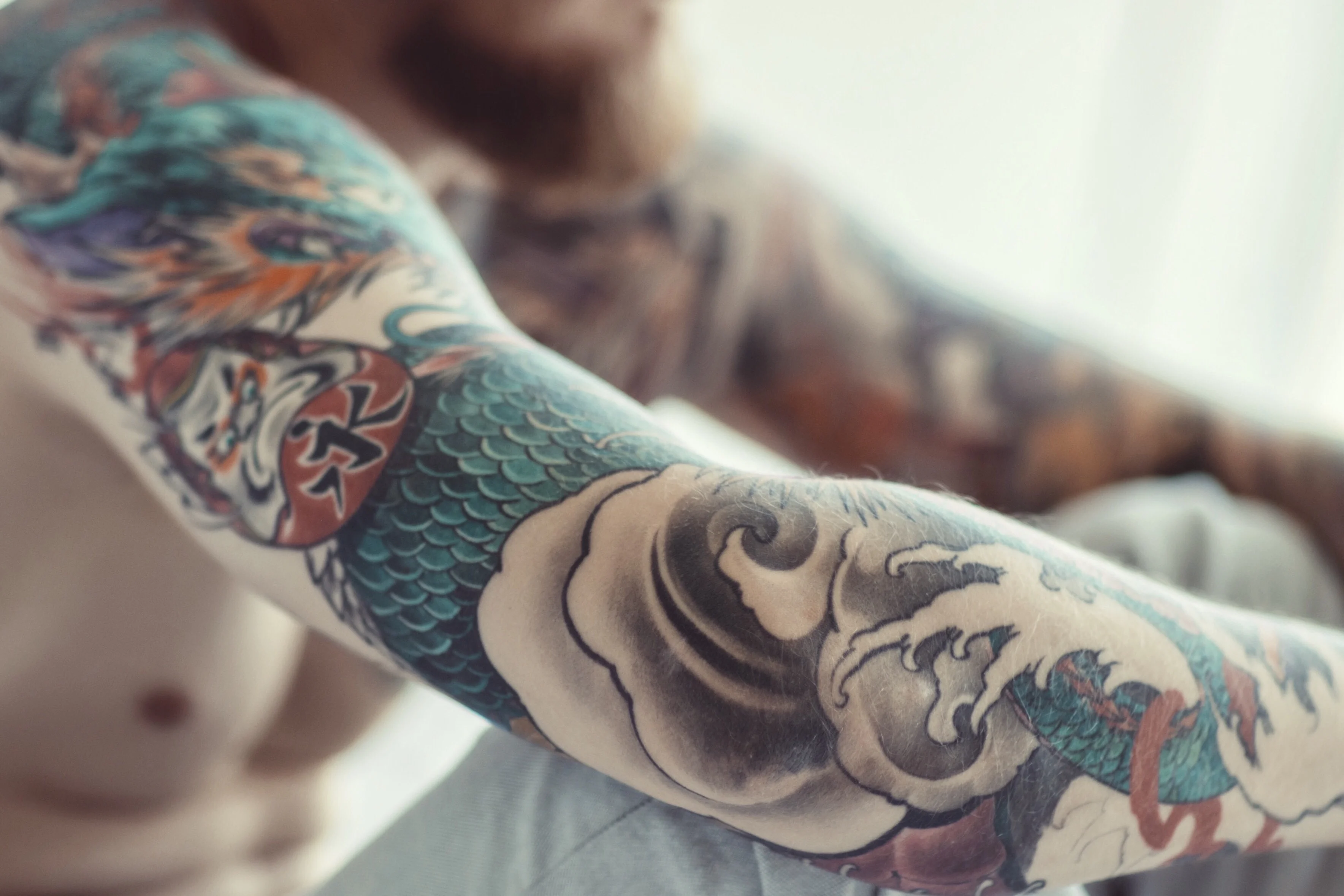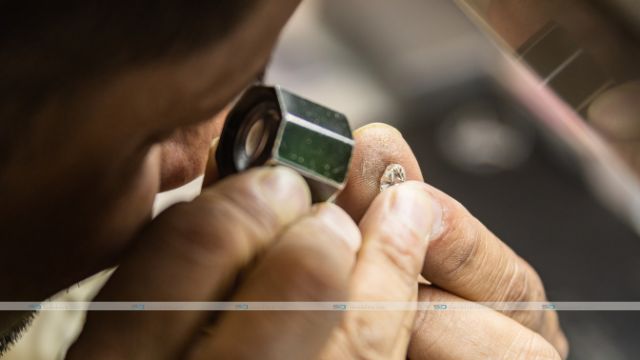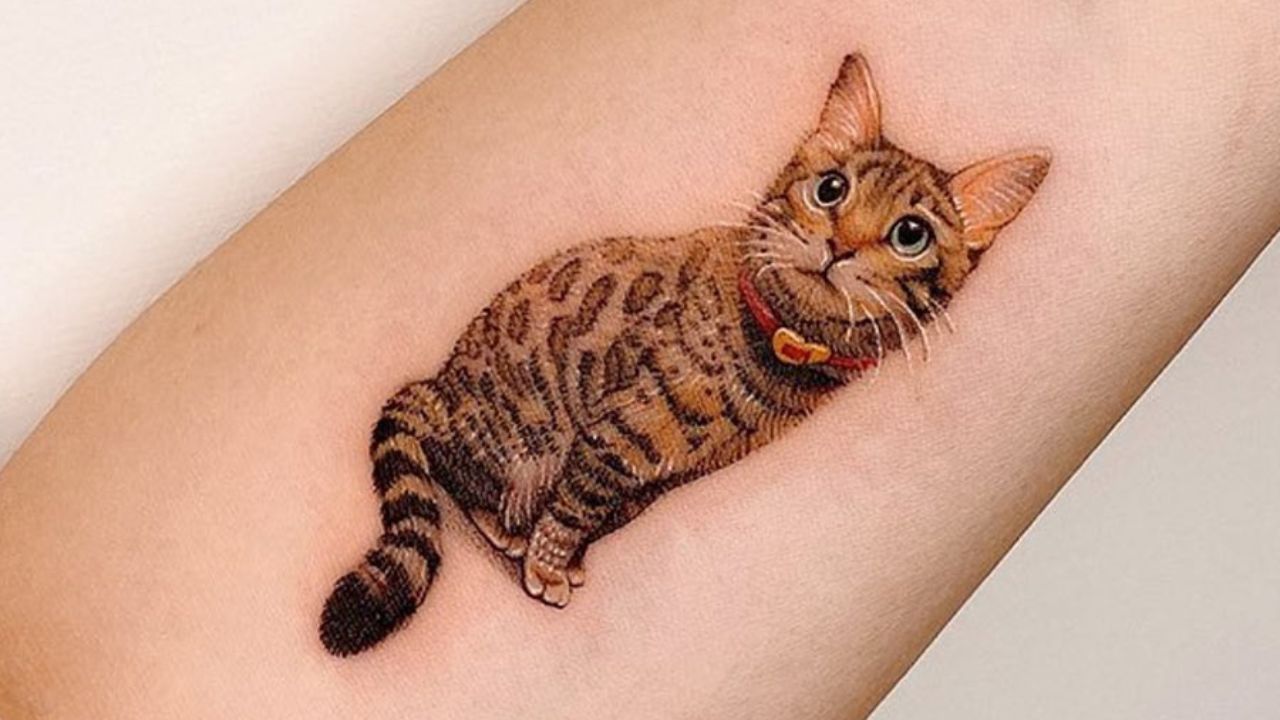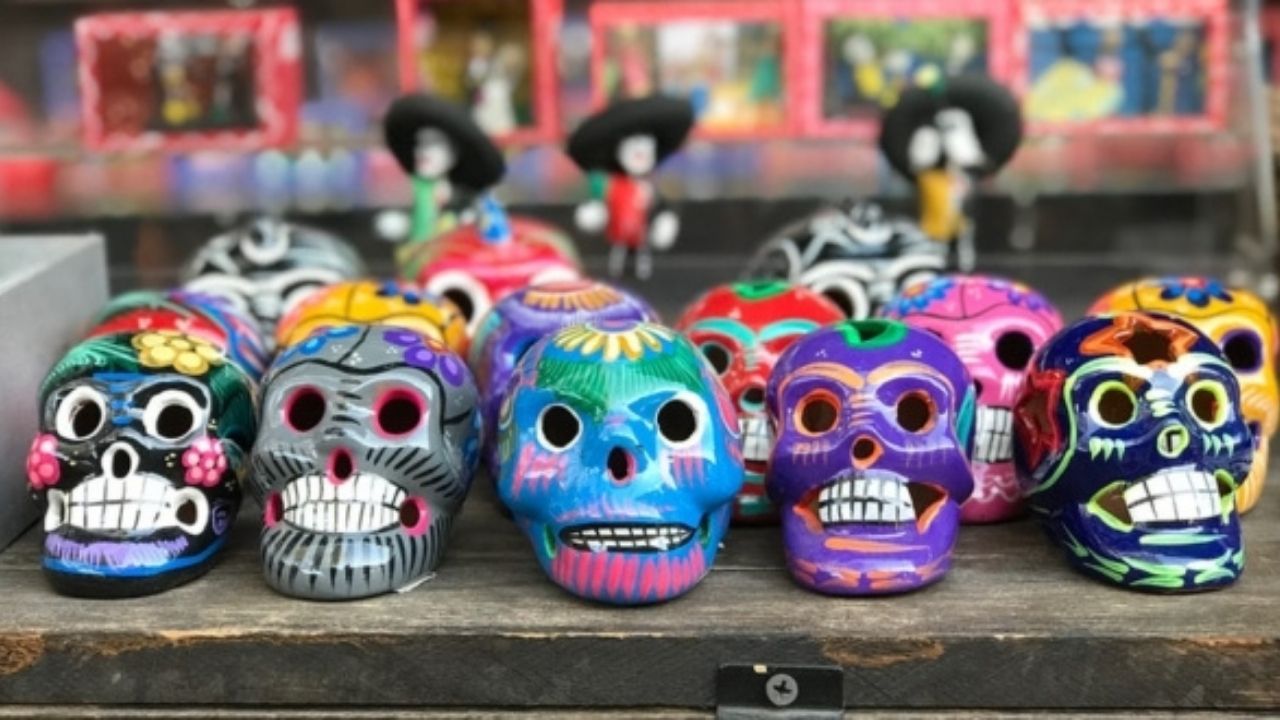A tattoo is more profound than just a piece of artwork and a way to support your vogue. It’s a medical method, too, because the artist employs a needle to inject the ink underneath your skin. Any time you penetrate the skin, you will find yourself vulnerable to scarring and infections. Simultaneously going to a licensed and trustworthy tattoo artist, you must take care of your new tattoo at your place.
How to care for your tattoo
Aftercare begins as soon as your tattoo is finished. Cover it up. The artist should use a thin layer of antibiotic ointment to protect the tattoo and covering the area in gauze or plastic wrap. The cover prevents bacteria from going into your skin. It also defends the tattoo from rubbing onto your things and getting hurt. Keep the bandage on for as prolonged as your tattoo artist suggests, which may be just a few hours. It’ll help assimilate any fluid or surplus ink that drips from the tattoo.
Mildly wash the tattoo.
After a few hours, you can lift the covering. After cleaning your hands with water and soap, gently rinse the tattoo with warm water and fragrance-free soap. Pat dry the skin with a soft cloth. Apply a bit of fragrance-free as well as alcohol-free moisturizer to the tattoo. You can hold the covering off to let the skin breathe.
Please wait for it to heal
When the tattoo heals,
You should:
- carry sun-protective clothing whenever you travel outside
- call tattoo artist or doctor if you feel any symptoms of infection
You shouldn’t:
- envelop tattoo with sunblock until it’s completely healed
- scrape or pick at the tattoo
- cover tight clothing over the tattoo
- continue swimming or immerse your body in heavy water
Tattoo Aftercare Day-wise
How fast you heal depends on the area of your tattoo and how complex it is. More extensive tattoos will stay red and swell longer because they induce more injury to your skin.
Day 1
- You’ll come back from the tattoo studio with a bandage or plastic wrap over your tattoo.
- It would help if you asked your artist for specifics about how long to wait.
- Once the covering comes off, you’ll probably notice fluid oozing from the tattoo. It’s normal. Your skin will be red, sore and might feel slightly warm to the touch.
- With clean hands, wash the tattoo with warm water and a fragrance-free soap. Apply a fragrance-free and alcohol-free moisturizer. Keep the covering off so the tattoo can heal.
Days 2 to 3
- The tattoo will have a duller, cloudier appearance. It appears as the skin heals. Scabs will start to form.
- Wash the tattoo once or twice a day, and employ a fragrance-free and alcohol-free moisturizer.
Days 4 to 6
- The redness should begin to fade.
- You’ll presumably notice some light scabbing over the tattoo. The scabs shouldn’t be as dense as the scabs you get while you cut yourself, but they’ll be raised. Don’t pull at the scabs — this can create scarring.
- Keep cleaning your tattoo once or twice a day. Use an odorless and alcohol-free moisturizer.
Days 6 to 14
- The scabs have dried and will start to flake off.
- Don’t pull at them or try to pull them off. Let them get off naturally. Otherwise, you could pull out the ink, and that will leave scars.
- At this point, your skin may feel very itchy.
- Gently rub on a fragrance-free and alcohol-free moisturizer various times a day to relieve the itch.
Days 15 to 30
- Most of the big flakes will be gone in this last healing step, and the scabs should be running away. You might still see some dead skin, but it should eventually clear up too.
- The tattooed area might still seem dry and dull. Keep moisturizing till the skin appears hydrated again.
- By the end of the third month, the tattoo should look as clear and vivid as the artist meant.
Tattoo Aftercare Products
- Apply a mild, fragrance-free soap or a specifically formulated tattoo cleanser to wipe the area. Your tattoo artist can prescribe a tattoo-specific cleaner.
- Soap alternatives include the following products, which you can buy online:
- Dove Sensitive Skin Beauty Bar
- Liquid Neutrogena
- A+D Original Ointment or Aquaphor Healing Ointment
It’s also been regarded that Vaseline may be necessary on healed tattoos or the skin encompassing the tattoo if it’s scorched. Just utilize a thin layer. Putting on too thick of a layer won’t let your skin breathe. After nearly two days, you can turn to a daily moisturizer.
Coconut Oil Aftercare
Polynesians have long applied coconut oil to their tattoos. They use it after the tattoo is finished or when it heals. One assumed benefit is that it gives the design shine. Coconut oil holds the skin under your tattoo moist and shields against infection. Yet the proof is anecdotal, and there’s no scientific evidence that it serves.
Dry Healing
In a technique known as dry tattoo healing, you don’t apply any moisturizer as part of the aftercare habit. However, you do support the other steps, like avoiding the sun. Supporters of dry healing consider that avoiding moisturizers helps to lessen the chance of skin irritation or allergic response. A counterargument is that the lack of moisture leaves you exposed to itching. Ask the tattoo artist whether dry healing may be just for you.




